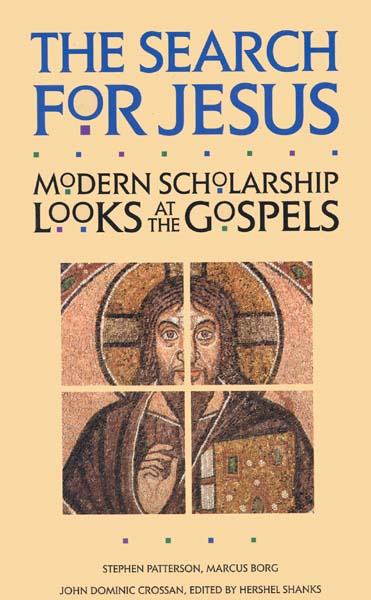Hershel Shanks: A couple of questions have been raised to me by people in the audience, and I am going to pass them on as the first questions from the audience.
One of the requests was that we give more dates. We talked a lot about Mark and the date of Mark’s Gospel, around the time of the First Jewish Revolt (66–70 C.E.). But what about Matthew and Luke? And in what circumstances were they composed?
John Dominic Crossan: It is important that you understand the difference between dating when a manuscript was copied and dating when the contents were composed. You can say, more or less objectively, that this manuscript was written in the year 200. And that’s about when you get a first copy of Matthew and Luke. That’s objective. If you ask when the text was first composed, not this copy, but when the original content was composed, where it was composed, by whom, that all has to be interpreted from within the text. And therefore it is open to debate. For example, 85 is the standard date, around 85 for Matthew. Where? Well, everyone says Antioch. Antioch must have been crowded with people writing Christian documents. I mean, we’re always looking for big cities. We’re looking for Rome, Antioch, Alexandria.
Marcus J. Borg: I have nothing to add to that except that Luke is most commonly put in that same time frame, roughly around 85 or 90. A few people argue that Luke-Acts is much later, but I don’t think they reflect the majority position. So roughly around 90 for both of them is the common wisdom I hear.
Shanks: Dom, you used the word parousia without defining it.
Already a library member? Log in here.
Institution user? Log in with your IP address.

